Home>Garden Essentials>When To Plant Green Onion Seeds
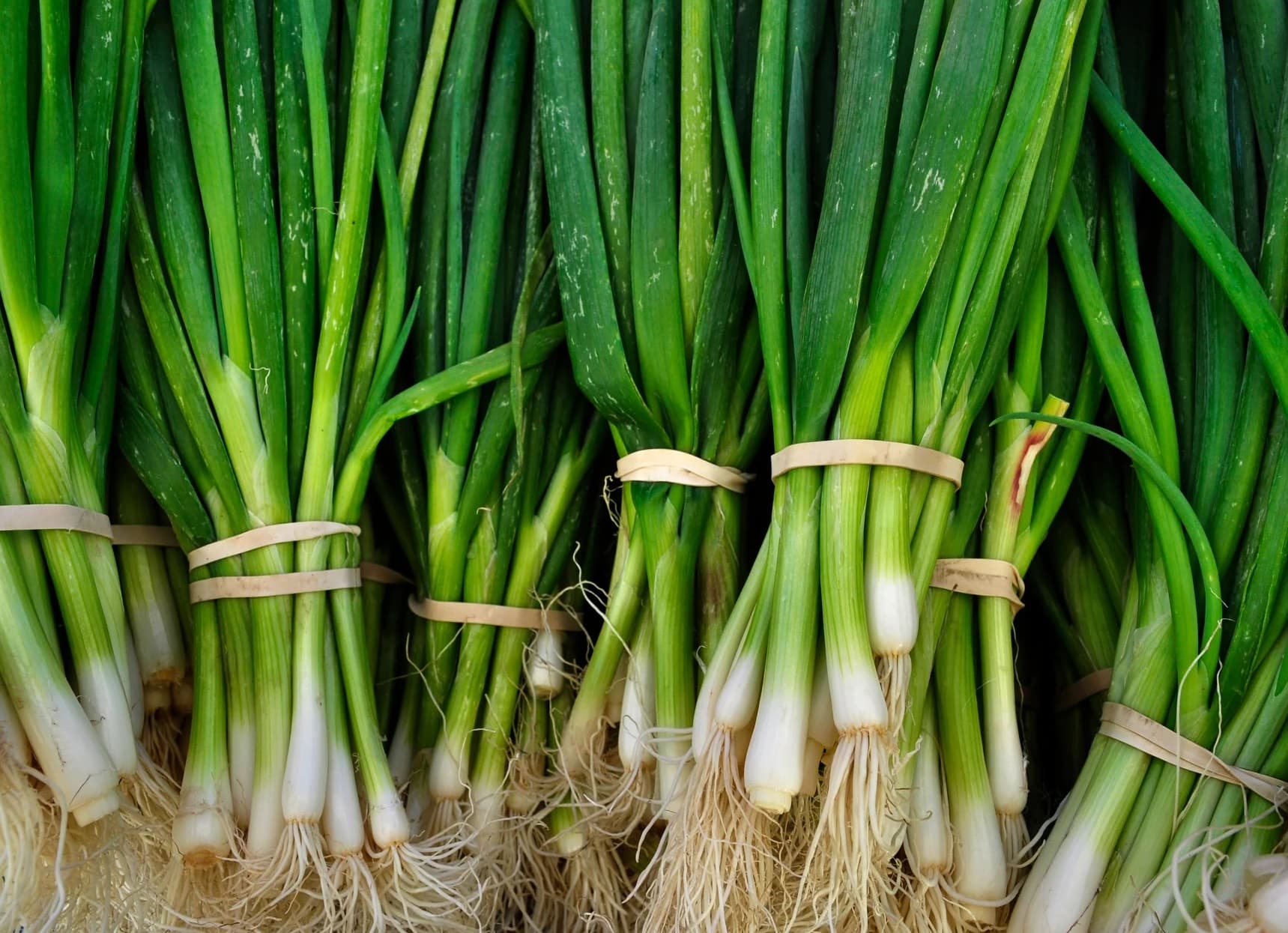

Garden Essentials
When To Plant Green Onion Seeds
Modified: March 15, 2024
Learn when to plant green onion seeds in your garden and ensure a bountiful harvest. Follow our expert tips and maximize your garden's potential.
(Many of the links in this article redirect to a specific reviewed product. Your purchase of these products through affiliate links helps to generate commission for Storables.com, at no extra cost. Learn more)
Introduction
Green onions, also known as scallions or spring onions, are versatile and flavorful additions to any garden. These slender and mild-tasting vegetables are not only delicious but also rich in essential nutrients. Whether you plan to use them as a garnish, in salads, or in stir-fries, growing your own green onions allows you to enjoy their fresh flavor and vibrant green tops all year round.
Before embarking on your green onion planting journey, it’s essential to consider a few factors that will contribute to the success of your crop. Understanding the optimal planting time, soil conditions, and caring techniques will help you achieve healthy and abundant green onion plants in your garden.
In this article, we will explore the best time to plant green onion seeds and the steps you need to follow to ensure a successful harvest. So, put on your gardening gloves and let’s dive in!
Key Takeaways:
- Plant green onions in spring or fall for best results. Consider climate, soil, sunlight, and watering needs. Enjoy a steady harvest with succession planting.
- Harvest green onions when tops are 8-12 inches long. Store in the fridge or freeze for later use. Enjoy the fresh, mild onion flavor in your dishes.
Read more: When To Plant Onion Seed
Factors to Consider Before Planting Green Onion Seeds
Before you start planting green onion seeds, there are a few important factors to consider. These factors will determine the success of your green onion crop and ensure optimal growth and productivity. Let’s take a closer look at what you need to keep in mind:
1. Climate: Green onions are cool-season crops and thrive in moderate climates. They prefer temperatures between 50°F and 70°F (10°C to 21°C). If you live in a region with extreme heat or frost, consider planting green onions in early spring or fall when the temperatures are more favorable for their growth.
2. Soil Quality: Green onions require well-drained soil with a pH level between 6.0 and 7.0. Ensure that the soil is loose, fertile, and free from rocks or debris. Amend the soil with organic matter, such as compost, to improve its structure and nutrient content.
3. Sunlight: Green onions require at least 6 hours of direct sunlight per day to thrive. Choose a location in your garden that receives ample sunlight to provide the necessary energy for their growth.
4. Watering: While green onions don’t tolerate waterlogged soil, they do require consistent moisture. It’s crucial to provide them with adequate water, especially during dry periods, to promote healthy growth. Avoid overwatering, as it can lead to root rot and other issues.
5. Companion Planting: Consider companion planting with green onions to enhance their growth and repel pests. They pair well with plants like carrots, lettuce, and tomatoes, while also deterring pests that may damage your crops.
6. Space: Green onions don’t require a lot of space to grow. You can plant them in rows or in containers. The key is to provide enough space for the plants to reach their full potential and avoid overcrowding, which can hinder their growth.
By taking these factors into account, you’ll pave the way for healthy and thriving green onion plants. Now that you’re aware of what to consider before planting, it’s time to delve into the best time to sow your green onion seeds.
Best Time to Plant Green Onion Seeds
Determining the ideal time to plant green onion seeds is crucial for a successful harvest. Green onions are relatively quick-growing vegetables, and the timing of their planting plays a significant role in their development. Here are some guidelines to help you determine the best time to sow your green onion seeds:
1. Spring Planting: Green onions are well-suited for spring planting. Once the soil temperature reaches around 50°F (10°C), you can sow the seeds directly into the ground. Spring planting allows the green onions to take advantage of the moderate temperatures and ample sunlight, resulting in robust growth.
2. Fall Planting: If you missed the opportunity for spring planting, or if you live in an area with hot summers, consider planting green onions in the fall. You’ll want to aim for a planting date around 6-8 weeks before the first expected frost. Fall planting allows the green onion plants to establish their roots before winter, leading to an early crop the following spring.
3. Succession Planting: To ensure a continuous supply of green onions throughout the growing season, consider practicing succession planting. This involves sowing new seeds every few weeks. By staggering the planting, you can enjoy a steady harvest rather than having an overwhelming amount all at once.
It’s important to note that the best time to plant green onion seeds may vary depending on your specific location and climate. Pay attention to local weather patterns and consult your local agricultural extension office or experienced gardeners in your area for more precise planting recommendations.
By aligning your green onion planting with the appropriate season, you maximize the chances of a successful and bountiful harvest. Now that you know when to plant, let’s dive into the steps of how to plant green onion seeds for optimal growth.
Steps to Plant Green Onion Seeds
Planting green onion seeds is a straightforward process that can be accomplished by following a few simple steps. Whether you’re a novice gardener or have years of experience, these steps will help ensure successful germination and growth of your green onion plants. Here’s what you need to do:
1. Prepare the Soil: Start by preparing the soil where you plan to plant the green onion seeds. Remove any weeds, rocks, or debris from the area. Loosen the soil using a garden fork or tiller to ensure good drainage and root development.
2. Sow the Seeds: Make shallow furrows in the soil, approximately ¼ to ½ inch (0.6 to 1.3 cm) deep and 6 to 8 inches (15 to 20 cm) apart. Sprinkle the green onion seeds thinly along the furrows, leaving about 1 inch (2.5 cm) between the seeds. Lightly cover the seeds with soil and gently pat it down.
3. Water the Seeds: After sowing the seeds, water the area thoroughly to ensure moisture penetrates the soil and reaches the seeds. Avoid overwatering, as this can cause the seeds to rot. Keep the soil consistently moist throughout the germination process.
4. Thin the Seedlings: Once the green onion seedlings have emerged and are a few inches tall, thin them out to allow proper spacing. Thin the seedlings to about 2 to 3 inches (5 to 7.5 cm) apart. This spacing allows the plants to grow and develop healthy bulbs.
5. Provide Adequate Care: Green onions require regular care to ensure their growth and health. Water the plants regularly, especially during dry spells, and avoid letting the soil dry out completely. Fertilize the plants every four to six weeks with a balanced organic fertilizer to provide them with essential nutrients.
6. Manage Pests and Weeds: Keep an eye out for pests, such as aphids or onion maggots, and promptly address any infestations. Remove weeds regularly to prevent competition for nutrients and space. Mulching around the green onion plants can help suppress weeds and conserve moisture.
By following these steps, you will lay a solid foundation for your green onion crop. With time, care, and patience, you will be rewarded with healthy and flavorful green onions that can be enjoyed in a variety of dishes. Now, let’s explore how to care for your green onion plants to ensure their continued growth and productivity.
Plant green onion seeds in early spring, as soon as the soil can be worked. They can also be planted in late summer for a fall harvest. Keep the soil consistently moist for best results.
Caring for Green Onion Plants
Once your green onion seeds have germinated and the plants have started to grow, it’s important to provide proper care to ensure their continued health and productivity. Here are some essential care tips for green onion plants:
1. Watering: Green onions require consistent moisture to thrive. Water the plants regularly, keeping the soil evenly moist but not waterlogged. Aim to provide about 1 inch (2.5 cm) of water per week, either through rainfall or irrigation. Avoid overhead watering, as wet foliage can lead to disease.
2. Fertilizing: Green onions benefit from regular feeding to ensure adequate nutrient supply. Use a balanced organic fertilizer, such as compost or a vegetable fertilizer, every four to six weeks. Apply the fertilizer according to the package instructions, being careful not to over-fertilize, which can lead to excessive leaf growth and small bulbs.
3. Weed Control: Keep the area around your green onion plants free from weeds, as competition for nutrients and space can hinder their growth. Regularly remove any weeds that appear near the plants, taking care not to disturb the shallow root system of the green onions.
4. Thinning: As the green onion plants grow, you may need to thin them out to maintain proper spacing. This allows each plant to have enough room to grow and develop healthy bulbs. Thin the plants to about 2 to 3 inches (5 to 7.5 cm) apart, ensuring adequate airflow between the plants.
5. Pest Control: Keep an eye out for common pests that can affect green onions, such as aphids or onion maggots. If you notice any signs of infestation, such as distorted leaves or holes in the foliage, take appropriate measures to control the pests. This can include using organic insecticidal soaps or applying beneficial insects like ladybugs to the garden.
6. Harvesting: Harvest green onions when the green tops reach a desirable length, typically around 8 to 12 inches (20 to 30 cm). To harvest, gently pull the green onion plants out of the ground, grasping them near the base. Trim off any excess roots and use the green tops and white bulbs fresh in your favorite recipes.
By providing proper care to your green onion plants, you’ll ensure their healthy growth and flavorful harvest. Keep a close eye on their needs throughout the growing season and address any issues promptly to maintain optimum plant health. With these care guidelines in mind, you’ll be well on your way to enjoying a bountiful supply of fresh green onions in your garden.
Now that we’ve covered the care instructions, let’s move on to the exciting part – harvesting green onions!
Read more: How To Plant Green Onions From Seed
Harvesting Green Onions
Harvesting green onions is an exciting and rewarding moment in your gardening journey. These versatile and flavorful vegetables can be harvested at various stages of growth, depending on your preference. Here’s what you need to know about harvesting green onions:
1. Timing: Green onions can be harvested at any point during their growth cycle. However, for the best flavor and texture, it’s recommended to harvest them when the green tops reach a length of about 8 to 12 inches (20 to 30 cm) and the bulbs are still small and tender.
2. Grasp and Pull: To harvest green onions, firmly grasp the base of the plant near the soil surface. Gently tug on the green tops while applying upward pressure, loosening the roots from the soil. The plant should easily come out of the ground, leaving you with a fresh green onion ready to be used.
3. Cut and Save: Once you have harvested the green onions, you can trim off any excess roots and remove any loose outer layers. It’s best to use the green tops and white bulbs fresh in your culinary creations to enjoy their vibrant flavor. However, if you have an abundance of green onions, you can also store them for later use.
4. Storing Green Onions: If you have harvested more green onions than you can use immediately, you can store them to keep them fresh for longer. One method is to wrap the green onions in a damp paper towel and place them in a plastic bag in the refrigerator. This will help keep them crisp for up to a week. Alternatively, you can chop the green tops and freeze them in an airtight container for future use.
Remember, green onions are best when enjoyed fresh, as their flavor and texture can diminish over time. Harvesting them as needed ensures the highest quality and the freshest taste in your dishes.
By following these guidelines, you’ll be able to harvest green onions at their peak flavor, enhancing your culinary creations with their distinct aroma and mild onion taste. With each successful harvest, the satisfaction of growing your own fresh produce will continue to reward your gardening efforts.
To conclude, growing and harvesting green onions is a rewarding experience that allows you to enjoy these versatile vegetables right from your own garden. By following the steps to care for the plants and harvesting them at the right time, you’ll be able to enjoy the bounty of flavorful green onions that will undoubtedly elevate your culinary endeavors. Happy harvesting!
Conclusion
Growing your own green onions can be a fulfilling and rewarding experience. These versatile vegetables not only add flavor and freshness to your culinary creations but also offer a host of nutritional benefits. By following the steps outlined in this article, you can successfully plant, care for, and harvest green onions in your garden.
Before planting green onion seeds, it’s important to consider factors such as climate, soil quality, sunlight, watering, and companion planting. These elements will contribute to the overall health and productivity of your green onion crop. Choosing the best time to plant, whether it’s in the spring or fall, will optimize the growth of your green onions and ensure a bountiful harvest.
By following the step-by-step process of planting green onion seeds, you can set a solid foundation for their growth. Preparing the soil, sowing the seeds, watering, thinning seedlings, and providing adequate care will result in healthy and vibrant green onion plants.
Caring for your green onion plants involves regular watering, fertilizing, weed control, pest management, and thinning to ensure optimal growth. Proper care will not only promote robust plant development but also help prevent diseases and other issues that may arise.
When the time comes for harvest, remember to pick your green onions when the tops reach a desirable length and the bulbs are still tender. Gently grasp the base of the plant, pull it out of the ground, and trim it as needed. Enjoy the fresh taste of harvested green onions in your favorite recipes, knowing that you have grown them with care.
In conclusion, the journey of growing and harvesting green onions provides a satisfying sense of accomplishment and a bounty of flavorful rewards. Whether you have a large garden or a small container, green onions are a delightful addition that can enhance your culinary creations. So, don those gardening gloves, get your hands in the soil, and embark on the exciting adventure of growing your own green onions. Your taste buds will thank you!
Frequently Asked Questions about When To Plant Green Onion Seeds
Was this page helpful?
At Storables.com, we guarantee accurate and reliable information. Our content, validated by Expert Board Contributors, is crafted following stringent Editorial Policies. We're committed to providing you with well-researched, expert-backed insights for all your informational needs.
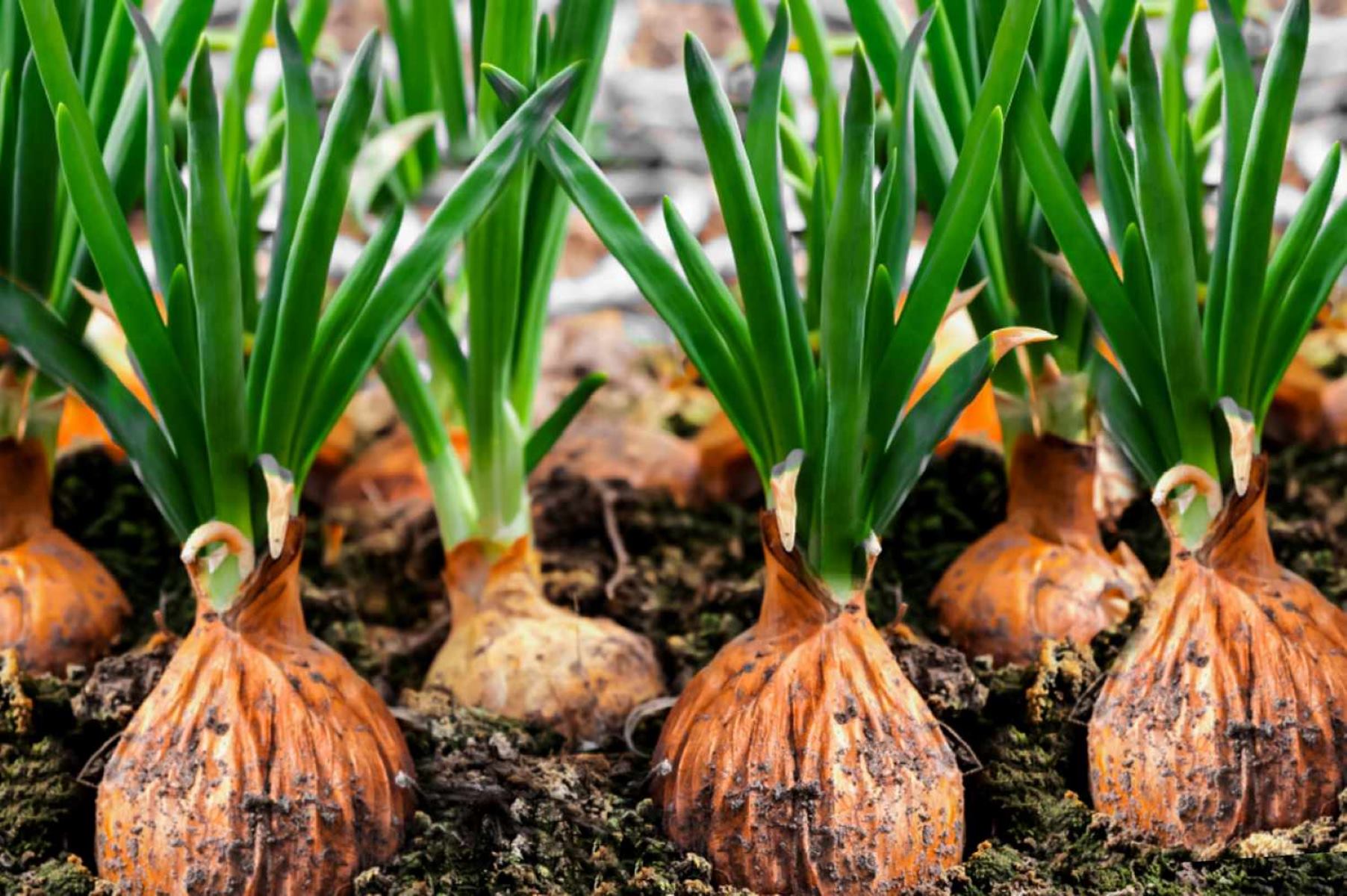
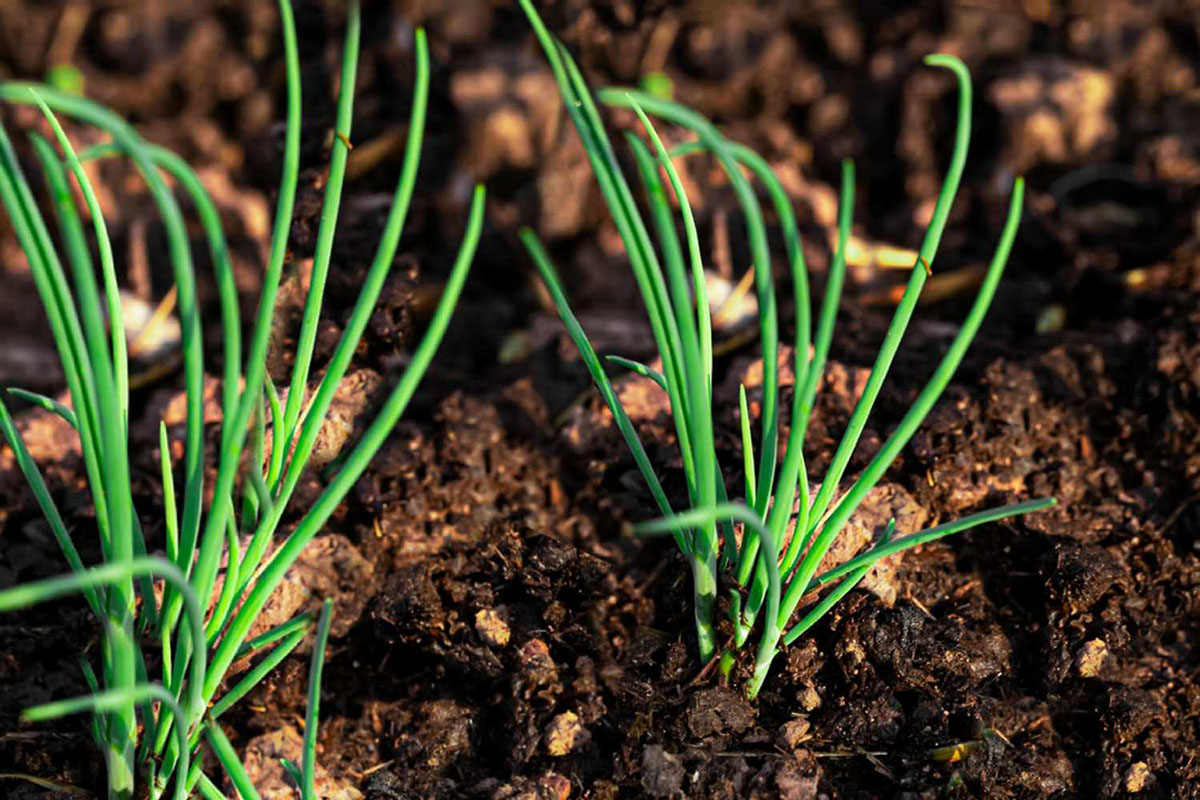
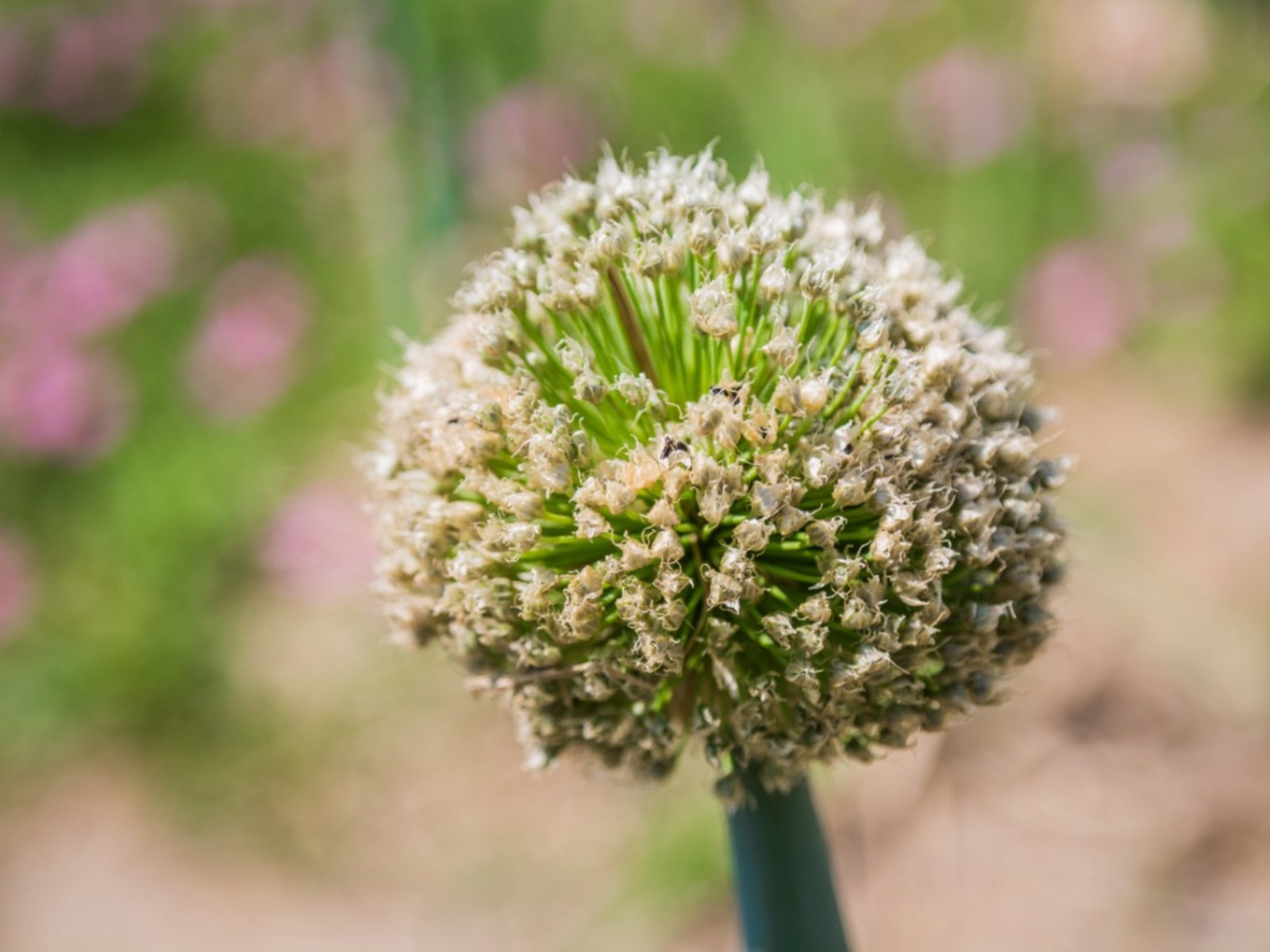
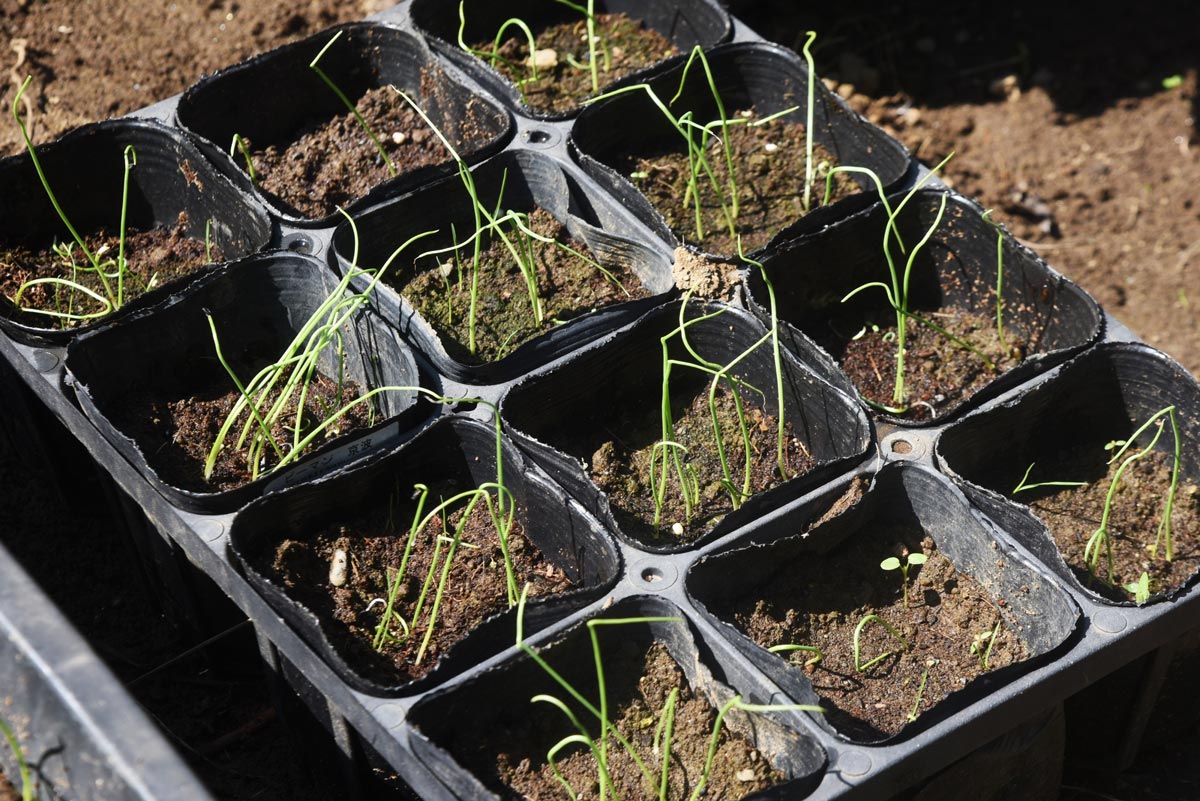
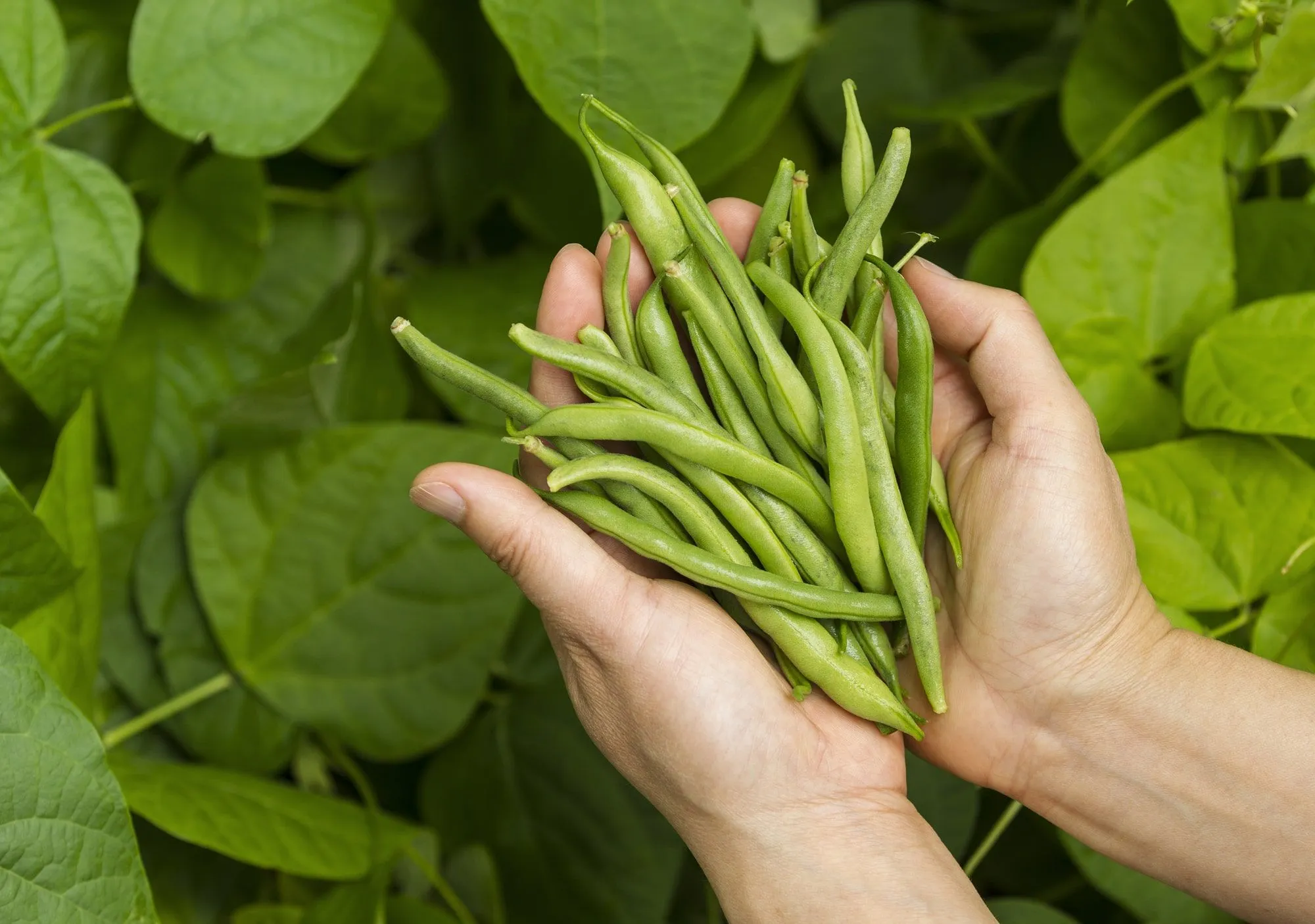










0 thoughts on “When To Plant Green Onion Seeds”